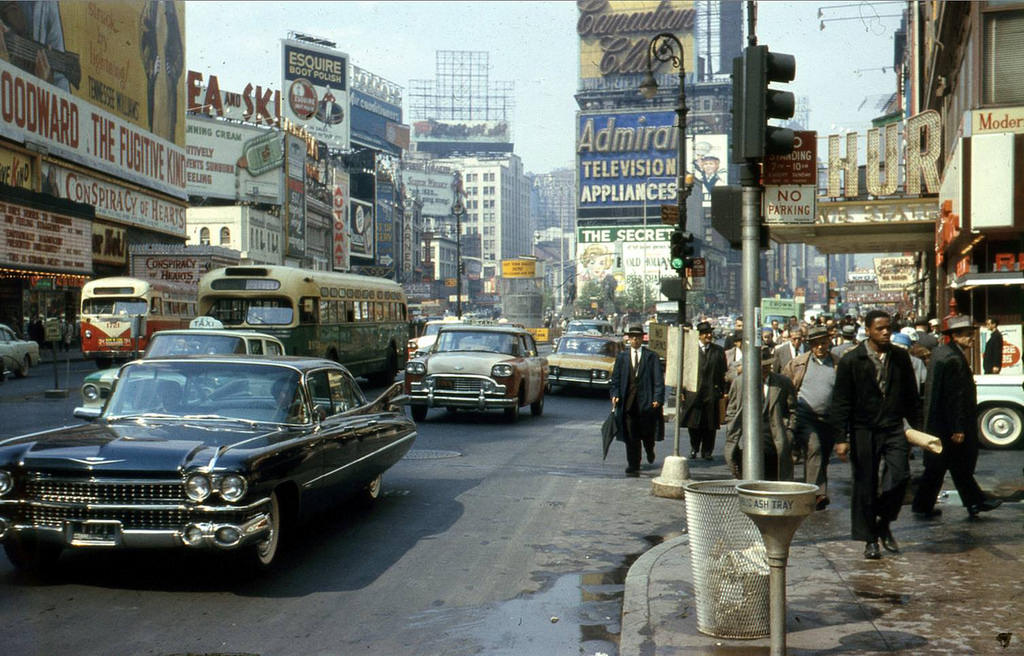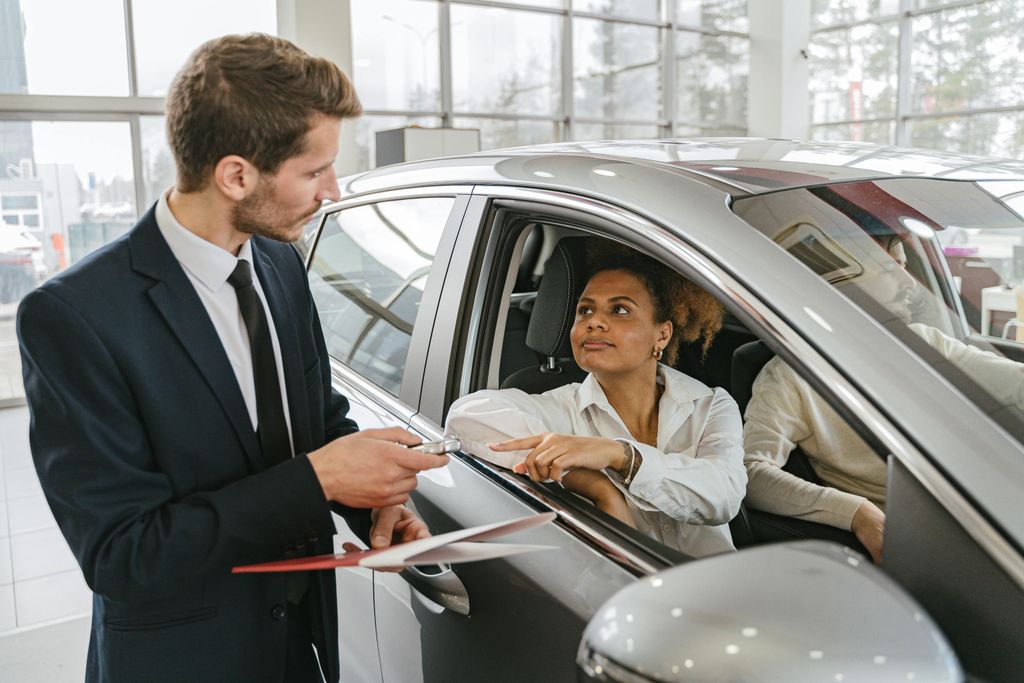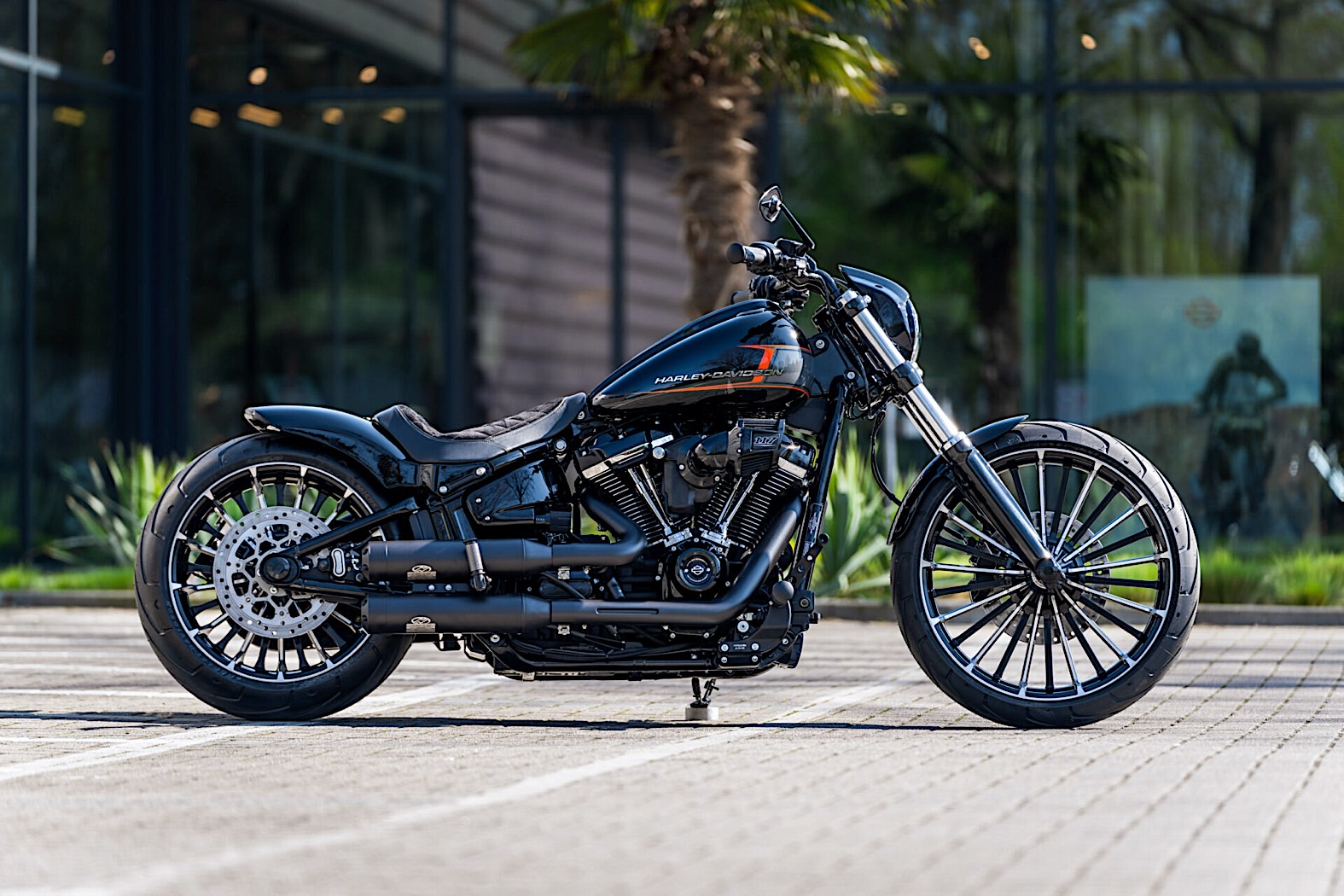
If cinema is America’s art form, then Harley-Davidson is America’s motorcycle. This powerful statement perfectly encapsulates the enduring relationship between Hollywood and the iconic Milwaukee manufacturer. For over a century, these two titans of American culture have converged on screens large and small, creating unforgettable moments that have cemented Harley-Davidson’s place not just in transportation history, but deep within the fabric of our collective pop culture consciousness.
From silent film beginnings with Buster Keaton in “The Scarecrow” back in 1919, to the gritty dramas of “Sons of Anarchy” and the explosive action of “Terminator 2: Judgment Day,” Harleys have consistently been the vehicle of choice for characters embodying freedom, rebellion, and raw excitement. They are more than just machines; they are symbols, extensions of personality, and often, silent co-stars that leave as lasting an impression as the actors who ride them.
We’re about to embark on an exhilarating ride through cinematic and television history, highlighting some of the most famous Harley-Davidson motorcycles that have roared their way into our hearts and minds. Get ready to rev up your engines as we explore fifteen legendary Harleys that have dominated the silver screen and beyond, showcasing their unique stories, unforgettable roles, and undeniable impact on the world of entertainment.
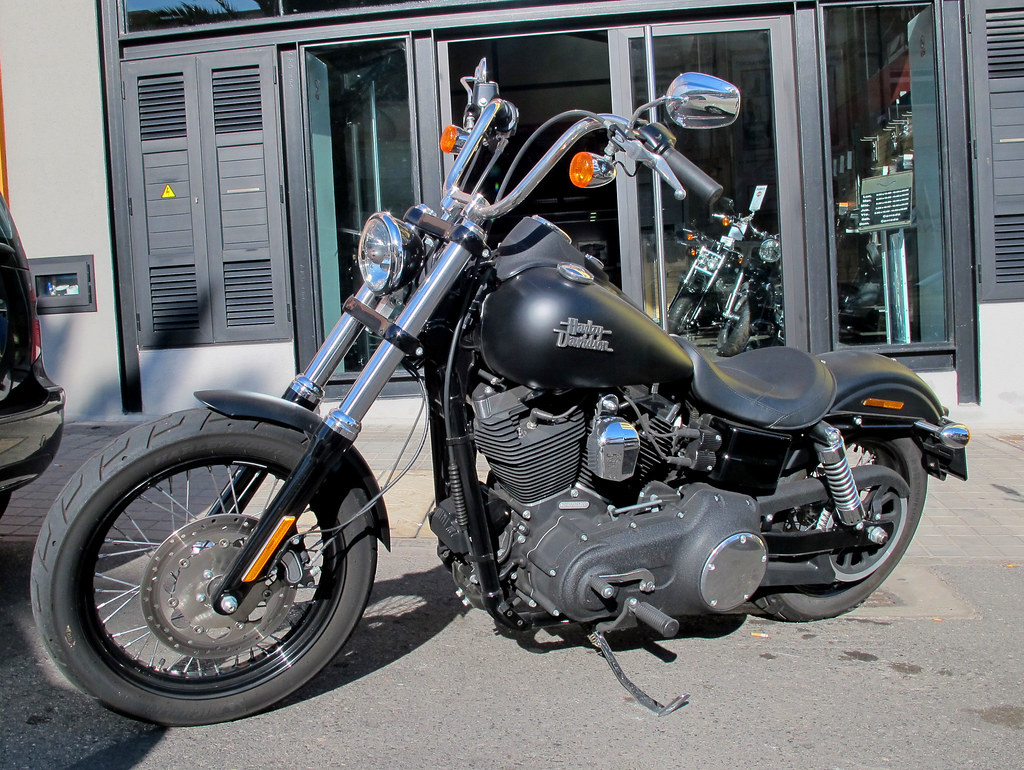
1. T-800’s Harley-Davidson Fat Boy — *Terminator 2: Judgment Day*
When the T-800, played by the inimitable Arnold Schwarzenegger, demands, “I need your clothes, your boots, and your motorcycle,” the machine he’s referring to is none other than the iconic Harley-Davidson Fat Boy. This bike immediately became a legend, thundering onto the scene in “Terminator 2: Judgment Day” to the perfect soundtrack of “Bad to the Bone” by George Thorogood & The Destroyers. That single scene provided superb marketing for Harley-Davidson, etching the Fat Boy into the minds of audiences worldwide as the ultimate symbol of unstoppable power.
Director James Cameron understood the bike’s star quality, giving it plenty of additional screentime, including a blistering chase scene against a huge Freightliner truck in the Los Angeles River. The film, considered by critics to be among the best ever made, became a massive success and significantly boosted the Fat Boy’s profile. Launched in 1990, just a year before the film’s release, the Fat Boy’s wide, stocky frame housed a 67 hp, 1,337 cc V2 engine, emphasizing torque-heavy cruising over intense performance.
The classically styled Fat Boy arrived during a rebound in Harley-Davidson’s international sales, and its prominent role in “Terminator 2” pushed the venerable American brand to over $1 billion in sales in the early 1990s. The filmmakers knew they had “caught lightning in a bottle” with Arnie’s T-800 starting up the Harley, using it heavily in the film’s promotion, including the poster and trailer. The bike’s status was further bolstered in 2018 when an original model used in filming sold at auction for an astonishing $480,000, far exceeding its predicted value. It’s hard to argue that the exposure received was “beyond the norm.”
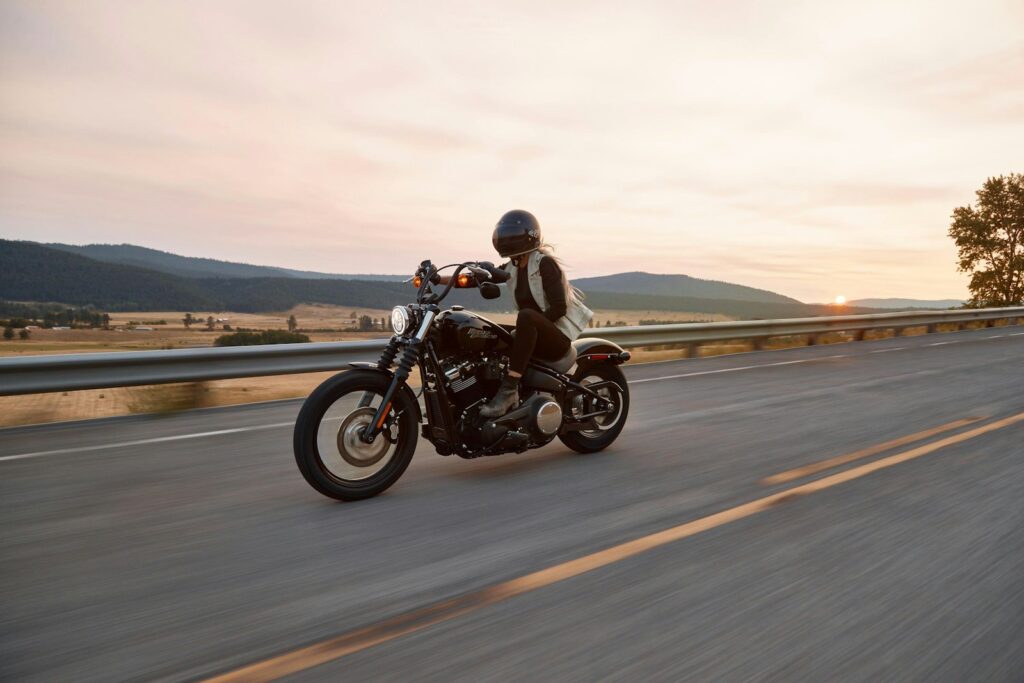
2. Wyatt’s Harley-Davidson Captain America Chopper — *Easy Rider*
Perhaps the most famous Harley-Davidson in history, the Captain America Chopper from “Easy Rider” is a true cinematic legend. Paul d’Orleans, author of “The Chopper: The Real Story,” aptly noted that this bike, “Did more to popularize choppers around the world than any other film or any other motorcycle.” Its influence was so profound that “suddenly people were building choppers in Czechoslovakia, or Russia, or China, or Japan,” showcasing its global cultural reach.
Peter Fonda, who starred as Wyatt, collaborated with specialist mechanics Clifford Vaughs and Ben Hardy to meticulously handcraft several Captain America bikes for the film. The production acquired four Harley-Davidson Panheads from the Los Angeles Police Department, providing the canvas for these iconic machines. Under Fonda’s guidance, Vaughs designed an all-American chopper, adorned with stars and stripes on the gas tank and boasting outrageously raked front forks set at a dramatic 43-degree angle.
Tragically, despite their pivotal role in creating these legendary bikes, neither Vaughs nor Hardy received credit due to their dismissal during the film’s tumultuous production. Of the four bikes built, one was partially destroyed in the film’s finale, while the other three were mysteriously stolen. The damaged bike was later restored by Dan Haggerty and, in 2014, fetched an incredible $1.35 million at auction, solidifying its place as a priceless piece of motorcycle and film history.
Product on Amazon: theCHIVE Terminator 2 Judgment Day T-Shirt – T-800 90s Movie Graphic Tee White
Brand: theCHIVE
Binding: Apparel Product Group: Apparel
Price: 32 USD
Rating: 5.0 Total reviews: 1
Features:
1. The T-800 Tee pays tribute to Terminator 2: Judgment Day, one of the greatest action movies of the 90s. Featuring Arnold Schwarzenegger’s iconic cyborg anti-hero in all his leather-clad glory, this shirt is perfect for fans who love killer one-liners, unstoppable machines, and cinematic greatness.
2. CUSTOM CUT AND SWEN: To deliver a premium quality fit. Not too big or small, just right. Lightweight & breathable—perfect for everyday wear
3. PREMIUM FABRIC: Made from a premium 60% cotton, 40% polyester blend, these shirts are as soft as they are durable, ensuring you stay comfy while repping your favorite fandoms
4. GET THE SPECS: Durable ½” baby rib set-in collar. Shoulder-to-shoulder taped seam. Side seam. Double-needle sleeve and bottom hem.
5. DESIGNED AND PRINTED IN THE USA
Shopping on Amazon >>
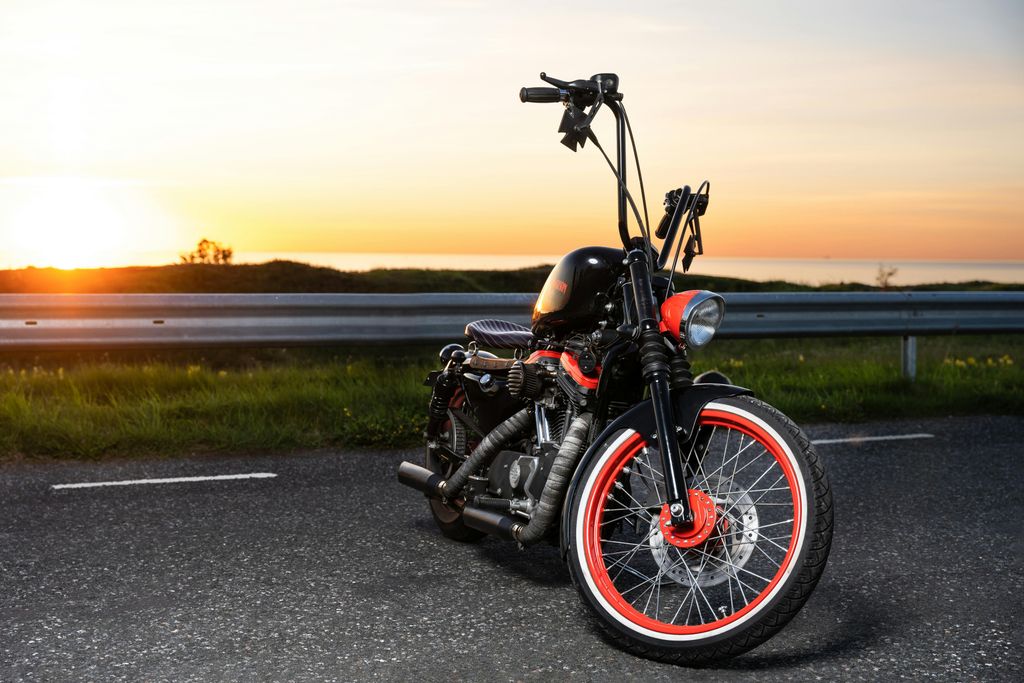
3. Jax Teller’s Harley-Davidson FXD Dyna Super Glide — *Sons of Anarchy*
“Sons of Anarchy” isn’t just a TV show; it’s a veritable “gallery of Harley-Davidsons,” showcasing a vast array of models from Flatheads to Fat Boys and everything in between. While the series did occasionally feature other brands like Triumph or Piaggio, no bike held as much prominence or captivated audiences quite like Jax Teller’s Harley-Davidson FXD Dyna Super Glide. This machine became synonymous with the show’s lead character, Charlie Hunnam’s Jax Teller.
Teller rode this particular bike for an astounding six out of the show’s seven seasons, giving it unparalleled screen exposure. The 660 lb, 2003 model featured a V-twin engine with a 1449 cc displacement. While it lacked the flamboyant custom flair of the “Captain America” chopper, its consistent presence on screen for millions of viewers, episode after episode, season after season, made it an incredible starring role for any motorcycle, driving the popularity of the Dyna platform.
The Dyna platform itself, offered by Harley-Davidson from 1991 to 2017, was renowned for its big V-twin engines, stripped-down traditional chassis, and easily recognizable coil-over suspension. Its “chopped, ‘outlaw’ appearance” made it an ideal choice for the lawbreaking characters of SAMCRO, and its customizability was a significant factor. The show’s technical advisers, Hells Angels members from northern California, favored the slim Dyna with T-bars for its practicality in “easy lane-splitting in freeway traffic,” cementing its authentic connection to outlaw biker culture.
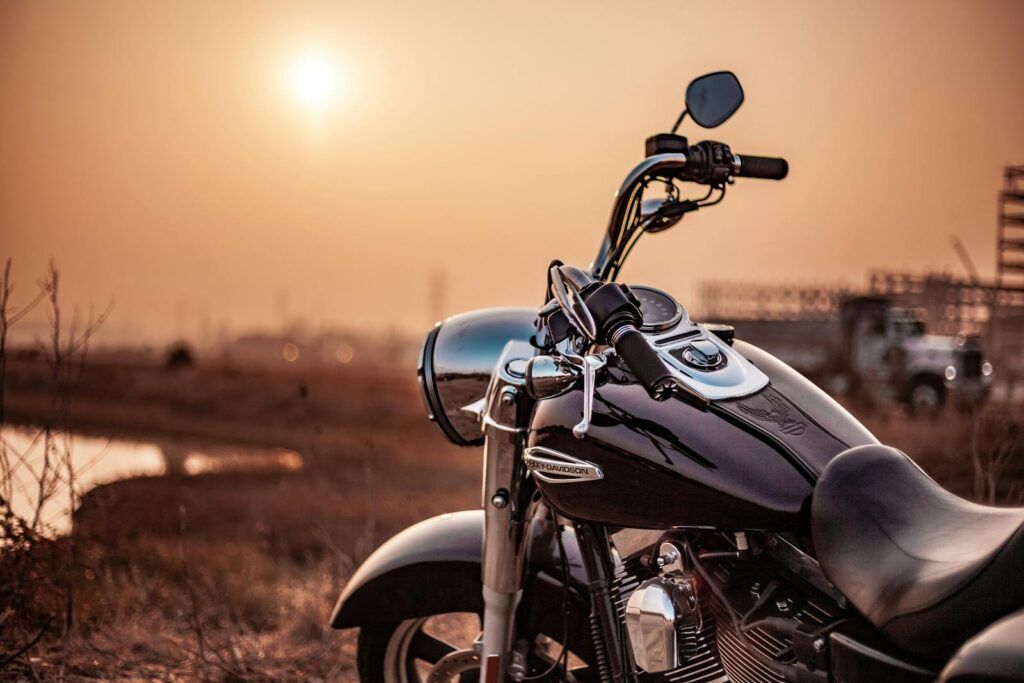
4. Zed’s Harley-Davidson FXR Super Glide Chopper — *Pulp Fiction*
In Quentin Tarantino’s award-winning 1994 crime film “Pulp Fiction,” Bruce Willis’s character, Butch Coolidge, endures a truly harrowing day that culminates in his escape on a distinctive motorcycle affectionately named “Grace.” This machine is identified as a modified 1986 Harley-Davidson FXR Super Glide, obtained after a traumatic encounter in a pawn shop with its original owner, Zed. It is a key element in one of the film’s most quotable and memorable sequences.
Butch famously explains to his girlfriend Fabienne, “It’s not a motorcycle, baby, it’s a chopper,” a distinction that highlights the bike’s custom nature. Whoever modified this FXR Super Glide added a custom tachometer, a pair of striking ape hanger handlebars, and a Fat Bob tank adorned with the “Grace” motif. The bike featured saddlebags and chrome trim, and keen observers noted the use of two bikes during production, most obviously differing by the presence or absence of a dual carburetor.
Despite having barely over two minutes of screen time, this “chopper” has left a “lasting cultural impact,” inspiring real-world copies by devoted “Pulp Fiction” fans. Its appearance in the film’s latter half, spared from stunts and used solely for riding shots, only magnified its enigmatic presence. The 1986 stock FXR Super Glide typically featured an 81.6 cubic inch V2 four-stroke engine producing 57 hp, capable of reaching speeds up to 105.6 mph, proving “Grace” was as capable as she was captivating.
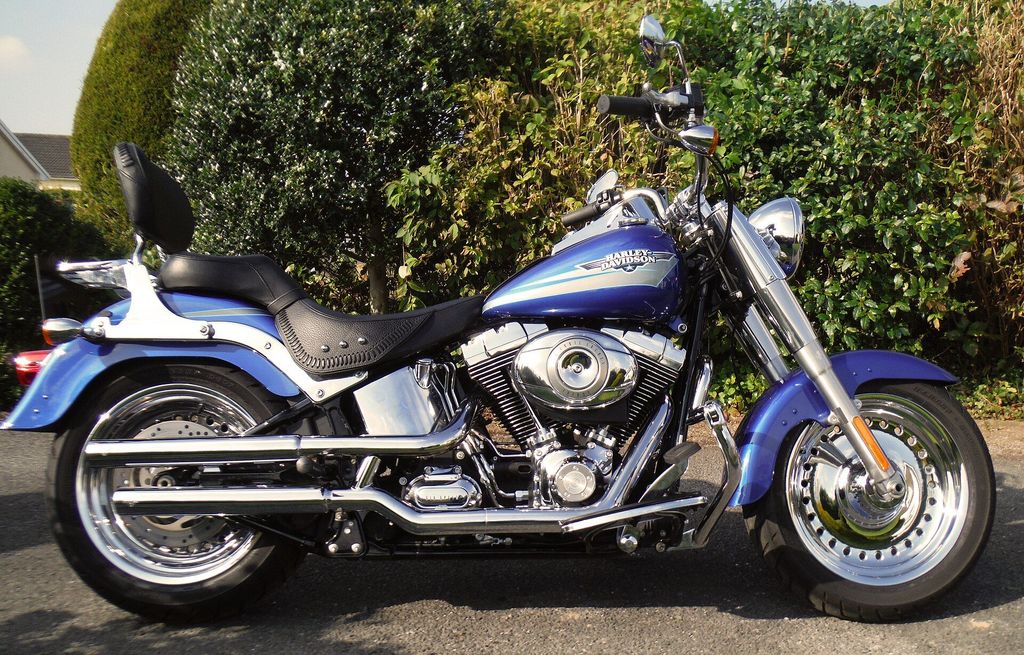
5. Chino’s Harley-Davidson Hydra-Glide — *The Wild One*
“The Wild One,” the classic 1953 biker film, is a foundational piece of cinema that captured the burgeoning post-World War II motorcycle culture. While Johnny Strabler, Marlon Brando’s iconic outlaw tough guy, rode a Triumph Thunderbird, his rival, Chino, portrayed by Lee Marvin, was on a Harley-Davidson Hydra-Glide. This film, drawing on the infamous Hollister riot of 1947, depicted rival biker gangs causing chaos in small-town California, sparking a “moral panic” across the United States and leading to the film’s ban in the United Kingdom until 1967.
The Hydra-Glide itself was a significant model for Harley-Davidson, rolling off the production line in 1949 as the company transitioned from militarism back to civilian life. It sported a 74 cubic inch V2 four-stroke engine producing 55 hp, capable of hitting speeds up to 100 miles per hour. Equipped with a Schebler carburetor, a four-speed manual gearbox, and a comfortable bucket saddle, its most distinctive feature, however, was its “innovative hydraulic front forks.” These forks provided a signature look while also delivering “a new level of comfort, stability, and control.”
Although Chino’s Hydra-Glide might appear “ordinary compared to the choppers of later biking culture,” its role in “The Wild One” placed it squarely “at the center of a significant cultural moment.” The film not only propelled Marlon Brando to stardom but also inadvertently cast the Harley-Davidson Hydra-Glide as a powerful symbol of the era’s rebellious youth culture. Its presence underscored the untamed spirit of the open road, making it an unforgettable part of early biker film history.
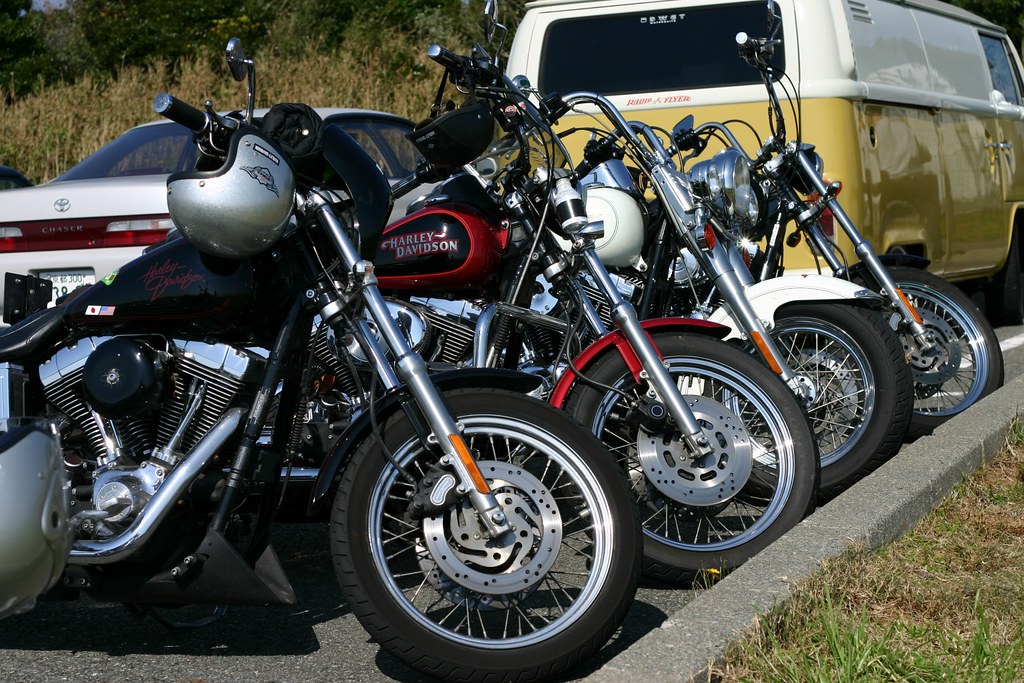
6. Rocky Balboa’s Harley-Davidson FLH 80/Shovelhead Electra Glide — *Rocky III*
By the time “Rocky III” hit theaters, Rocky Balboa, played by Sylvester Stallone, had transcended his underdog status to become a world heavyweight champion, basking in fame and fortune. A portion of his newfound wealth was invested in a distinctive Harley-Davidson FLH 80, later identified in more detail as a 1981 Shovelhead Electra Glide™. This particular Harley model is famed for its “Shovelhead” engine, produced from 1966 to 1984, which offered an additional 10 horsepower and a new aesthetic compared to its predecessor.
The bike, featuring a 67 hp 1337 cc engine and a striking black and yellow paint scheme with a black horse head graphic on the tank, plays a poignant role in one of the film’s most emotional scenes. Following the tragic death of Rocky’s beloved old trainer, Mickey Goldmill, a bereaved Rocky takes his Harley on a solitary ride through Philadelphia. He cruises past significant landmarks of his life, notably pausing at the recently unveiled statue erected in his honor, where he thoughtfully strikes it with his helmet.
This “Rocky Balboa Italian Stallion,” as auctioneers lovingly called it, was so integral to the film that its yellow and black “Rocky colours” were a deliberate choice, as Stallone himself explained. He fondly recalled that this bike was “probably the only motorcycle that ever drove up the museum steps.” The motorcycle used in the film went up for auction in 2015 and, after initially not finding a new home, was eventually sold a few years later for around $200,000, underscoring its significant value as a piece of cinematic memorabilia.
Product on Amazon: Wild 1 Chubbys Road Glide Bar for Harley Davidson Models
Brand: Wild 1
Binding: Automotive Product Group: Automotive Parts and Accessories
Price: 268.34 USD
Rating: 5.0 Total reviews: 3
Color: Chrome
Product Dimensions: 31″L x 8.5″W
Item Weight: 7.2 Pounds
Manufacturer: Wild 1
Top Review from US: “I love the wild 1, The only problem I have is I paid 179.00 and with in a couple days the price drops to 160.00 and some cents”
Shopping on Amazon >>
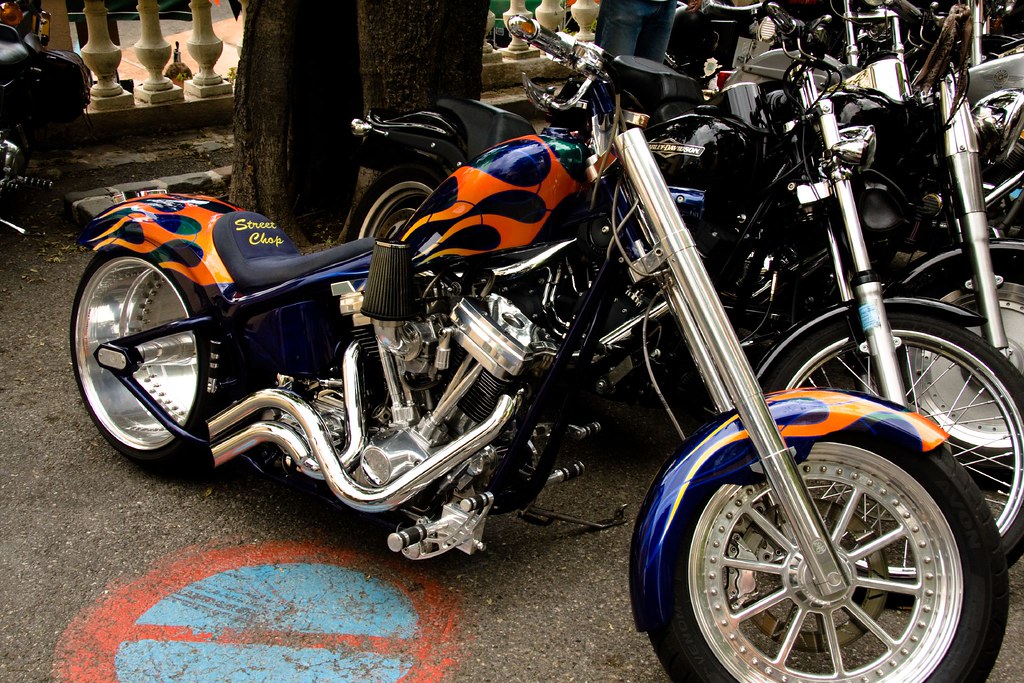
7. Fonz’s Harley-Davidson Knucklehead — *Happy Days*
In the beloved sitcom “Happy Days,” Henry Winkler’s Arthur “Fonzie” Fonzarelli became an iconic pastiche of mid-century youth rebels like James Dean and Marlon Brando. While Fonzie, with his bombastic manner and signature catchphrases, departed from the earnestness of his inspirations, he certainly shared their profound “affinity for vehicles,” particularly motorcycles. Although it’s important to note that Fonzie rode a Triumph for much of the show’s run, he began “Happy Days” on a truly classic machine: a 1947 Harley-Davidson Knucklehead.
This Knucklehead was almost as “vital to his shtick” as his effortless charm, solidifying his image as the cool, leather-clad greaser. While raw performance might not have been central to Fonzie’s character, his Harley boasted a two-cylinder engine with a 989 cc displacement, producing around 40 hp and capable of speeds up to 95 mph – more than enough to “ruffle even Fonzie’s greased-back hair.” The “Knucklehead” name itself refers to the distinct shape of the engine’s rocker boxes, a detail that adds to its vintage appeal.
The enduring legacy of Fonzie’s bike was highlighted in 2023 when its owner, George Roeder, Jr., exhibited the famous machine in Milwaukee, Wisconsin. Mr. Roeder had meticulously restored the expensive bike “to its full glory,” offering a “happy day” indeed for anyone fortunate enough to see it. This Harley-Davidson, though perhaps not as central throughout the series as some might recall, set the stage for one of television’s most iconic characters and remains a powerful symbol of 1950s cool.

8. Captain America’s Harley-Davidson WLA Liberator — *Captain America: The First Avenger*
The Harley-Davidson WLA Liberator is more than just a motorcycle; it’s a powerful symbol deeply embedded in America’s history and the Milwaukee brand’s “all-American image.” Its extensive service in World War II as a crucial tool for reconnaissance, patrols, communication, and transporting personnel and light equipment cemented its heroic status. With its “Liberator” moniker, the motorcycle became a direct representation of “American strength, engineering, and industrial capacity” during a pivotal global conflict.
Recognizing the potent blend of “form and function of this beautiful bike,” Marvel Comics naturally incorporated the Liberator into the lore of their patriotic superhero, Captain America, further reinforcing its heroic image. This symbolic connection was brought to life on the big screen in 2011 with “Captain America: The First Avenger,” where the production team was intensely “mindful of finding an authentic bike that was true to the comics and the period that inspired them.”
The solution was an ingenious modification: a contemporary Harley-Davidson Cross Bones was expertly altered to emulate a 1942 WLA motorcycle. This attention to detail included outfitting the bike with period-appropriate elements like an ammunition box and authentic leather details, ensuring its visual accuracy and historical resonance. The result was a seamless blend of modern filmmaking with a classic wartime icon, allowing Captain America to thunder into battle on a machine that truly embodied the spirit of his era and his nation.
Okay, so we’ve revved through some truly legendary Harleys that have dominated the big and small screens, but trust us, the ride isn’t over yet! If you thought the first batch of iconic bikes was impressive, get ready for seven more unforgettable machines that defied expectations, showcased unique customizations, and cemented their place in the hearts of fans across diverse film and TV narratives. These Harleys aren’t just vehicles; they’re characters in their own right, each with a story to tell, a roar to share, and a legacy that continues to inspire. So, buckle up, because we’re diving into the final stretch of our journey through cinematic Harley-Davidson history!
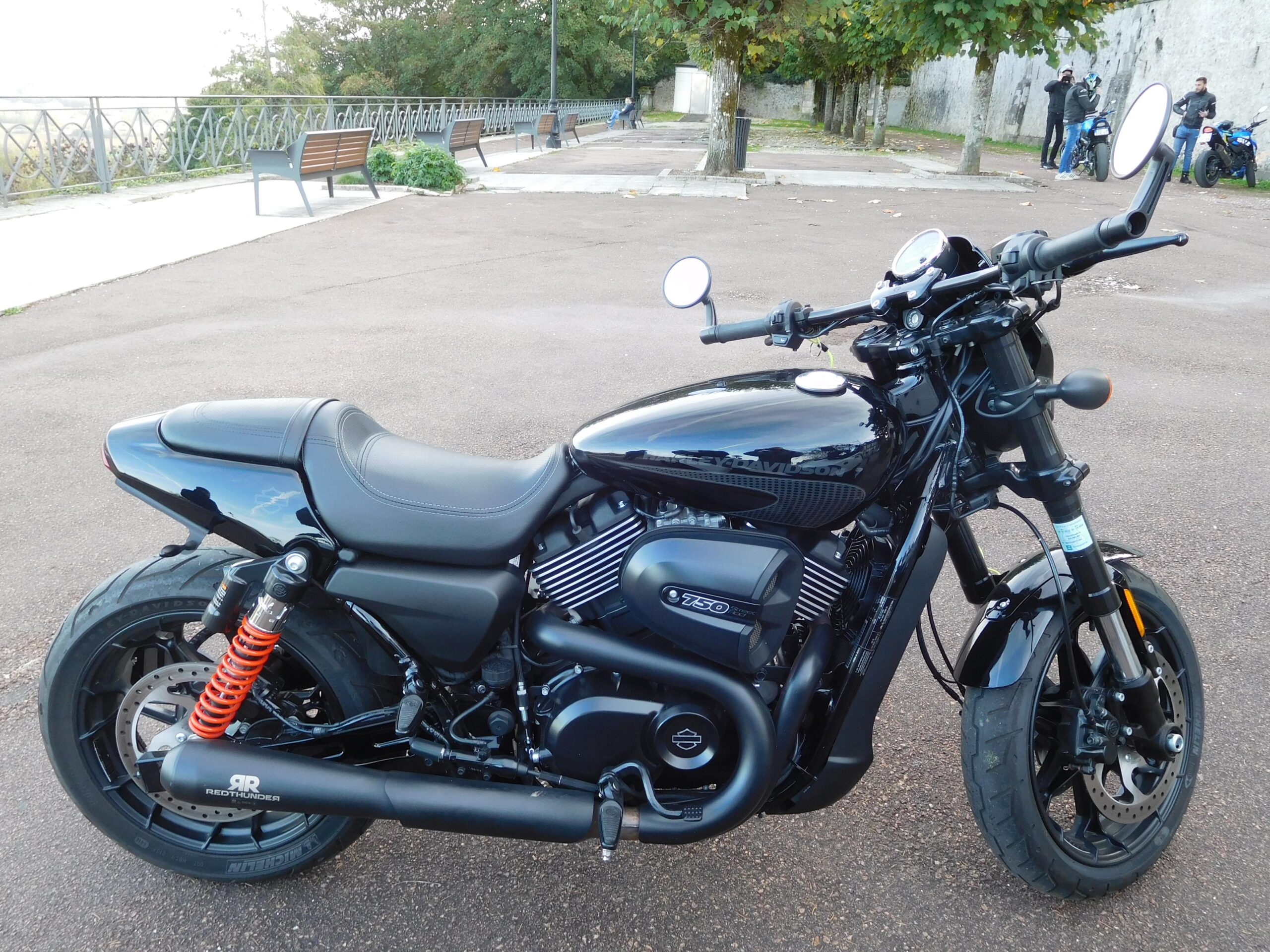
9. Johnny Blaze’s Harley-Davidson Panhead — *Ghost Rider*
Marvel Comics introduced the stunt motorcyclist Johnny Blaze in 1972, a character who later became the flaming anti-hero, Ghost Rider, after striking a deal with Mephisto. Decades later, in 2007, Nicolas Cage brought this fiery persona to life on screen in “Ghost Rider.” And of course, a character as cool as Ghost Rider needed a motorcycle that matched his infernal aesthetic.
Blaze, both before and after his supernatural transformation, rides a truly distinctive chopper. This isn’t just any off-the-shelf bike; it’s a custom-built machine crafted from a variety of catalog parts, featuring massive chromed exhaust pipes and a strikingly vivid blue tank emblazoned with what can only be described as Guy Fieri-style flames. It’s a look that screams “rebellion with a fiery edge,” perfectly suiting the character.
What’s really cool is that this bike also serves as a subtle, yet powerful, tribute to Peter Fonda’s iconic Captain America motorcycle from “Easy Rider.” This reference is even nodded to in the film itself, with Fonda, who makes an appearance as the demonic Mephisto, remarking, “Nice bike,” when he first encounters the chopper. Talk about a legendary stamp of approval! And for those who love behind-the-scenes tidbits, despite its retro qualities, this chopper was actually a brand-new bike with only 70 miles on the clock after filming, and yes, that kickstarter is just for show – it’s got an electric start. If you’ve got a spare $4,000, you can even rent this slice of cinematic history for a day from the Volo Museum.
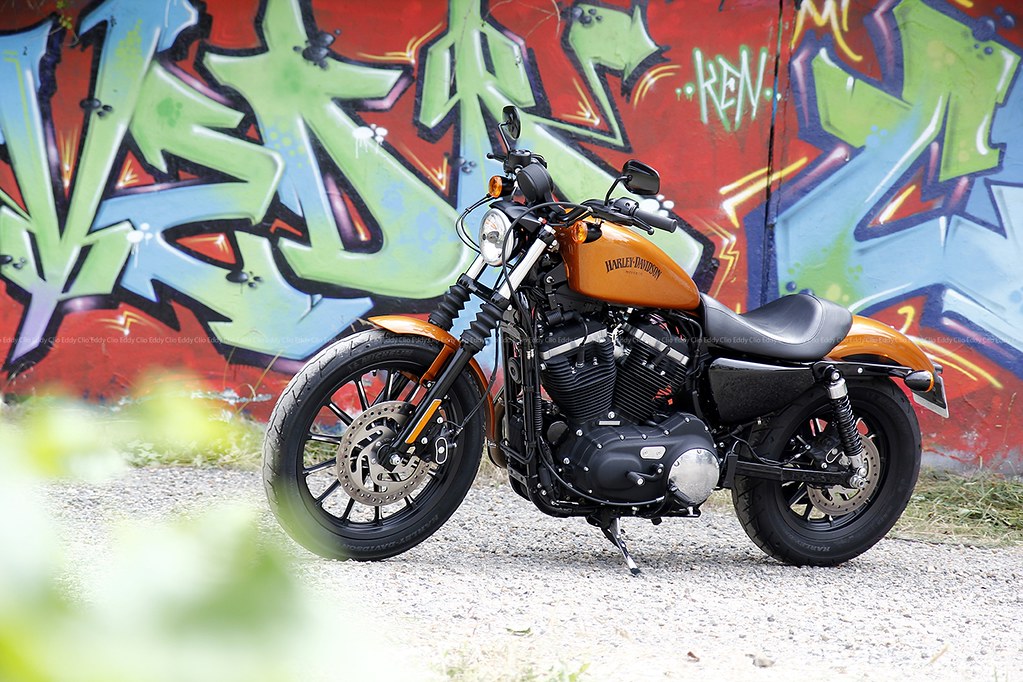
10. Hobbs’ Harley-Davidson Softail — *Hobbs and Shaw*
The “Fast and Furious” universe is notoriously obsessed with cars, a glorious parade of horsepower and speed. But even in a world dominated by supercars, there’s always room for a legendary motorcycle, especially when it comes to showcasing pure, unadulterated American masculinity. That’s precisely where Luke Hobbs, played by Dwayne “The Rock” Johnson, makes his entrance in the 2019 spin-off, “Fast and Furious Presents: Hobbs and Shaw,” riding a customized Harley-Davidson Softail.
While his British counterpart, Deckard Shaw, is tearing up the asphalt in a McLaren 720S, Hobbs needs something equally imposing, yet distinctly American. His all-black Softail, though perhaps not matching the McLaren’s raw speed, is a magnificent machine. Interestingly, this particular bike wasn’t built in Milwaukee, Wisconsin, but rather by a specialist team over in Lewes, England, proving that the love for Harley custom work knows no geographical bounds.
The Softail used in the film boasts a plethora of bespoke features that make it stand out. It’s finished entirely in black, sports 16-inch wheels, features lowered front forks, a modified Sportster tank, a fabricated rear fender, and a performance machine open belt drive primary. During a road test, a driver from MotoNewbRider at Sykes Harley Davidson raved about the twin-cam 110 engine and the ride, likening it to a “giant Sportster.” The only caveat? You probably need to be built like The Rock himself to comfortably wrestle this beast over long distances, which, let’s be honest, makes perfect sense for Hobbs.
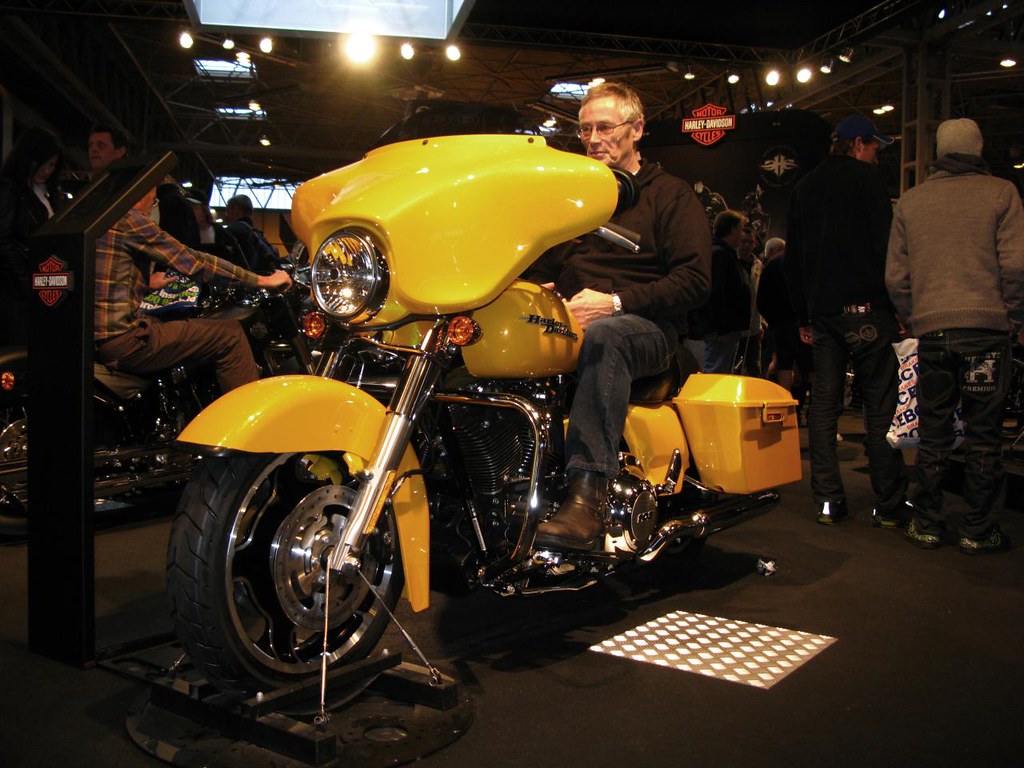
11. RoboCop’s Harley-Davidson Softail Custom — *RoboCop 2*
In the action-packed sequel “RoboCop 2,” our cybernetic law enforcer, RoboCop, decides to upgrade his wheels. He ditches the Kawasaki 1000 from the first film for a more classic, American-made machine: a 1986 Harley-Davidson Softail Custom. This model joined Harley’s Softail family in the mid-80s, known for its narrow, Sportster-like fork, gleaming chrome covers and accents, and a comfortable passenger backrest. It was a popular choice, produced until 1999, briefly reintroduced in 2007, and then discontinued in 2010.
The motorcycle in the movie is a sleek black with sharp chrome trim, complemented by striking red and gold detailing on the tank. It features a skinny front wheel and forward footrests, looking like a fully stock Harley. In one of the film’s memorable sequences, RoboCop doesn’t exactly ask permission; he “commandeers” the bike from its rider, immediately putting it into action in a high-stakes game of chicken with his target.
This scene perfectly encapsulates the raw, unyielding nature of RoboCop. The comparison between RoboCop, an unfeeling machine on a mission, and the Terminator, another iconic, unfeeling cinematic powerhouse, is impossible to ignore. Both characters, in their respective films, use the Harley-Davidson as an extension of their relentless pursuit, making these bikes silent, powerful symbols of unstoppable force. It’s a brilliant stroke of casting, giving the Softail Custom a prominent, albeit brief, moment in sci-fi history.

12. The Wild Hogs’ Harleys — *Wild Hogs*
When we talk about iconic Harleys in movies, we often think of solo riders and their singular, legendary machines. But what about a whole pack of Harleys, ridden by a quartet of middle-aged men seeking adventure? That’s where the 2007 American comedy “Wild Hogs” roars onto our list. This film is a veritable showcase of Harley-Davidson models, featuring four suburban everymen, played by Tim Allen, John Travolta, Martin Lawrence, and William H. Macy, who escape their mundane routines on their weekend rides.
Each of the Wild Hogs rides a Harley that seems to reflect, or perhaps compensate for, their individual personalities. Doug, portrayed by Tim Allen, cruises on a classic black Fat Boy™, an obvious choice for making a powerful screen impact, especially after its legendary appearance in “Terminator 2.” John Travolta’s character, Woody, takes it up a notch with a Screamin’ Eagle Fat Boy™, adorned with fiery red graphics, aiming for that extra punch of bravado.
Bobby, played by Martin Lawrence, opts for a blue Softail® Springer, a model famed for its hidden rear suspension that gives it a distinct retro look. This contrasts with Bobby’s more contemporary life as a stay-at-home dad, perhaps hinting at a desire for old-school cool. Lastly, Dudley, brought to life by William H. Macy, rides a reddish-brown 2006 Sportster® 1200 Custom. The Sportster line, produced since 1957, is designed to be lighter and offer more precise handling, making it the perfect quick escape for the insecure and skittish Dudley, even as he tries to fit in with his tougher-looking buddies.
The cast even trained on their bikes for about a month before shooting began, though only Travolta had prior riding experience. Tim Allen, in particular, was quite involved, even providing notes for his character’s motorcycle design, making it the most customized bike among the Wild Hogs. He humorously admitted to dropping his bike more than anyone else during filming. While the film itself garnered a rather dismal 14% on the tomatometer on Rotten Tomatoes®, proving that even a lineup of awesome Harleys can’t save every movie, it certainly gave a diverse array of models some significant screen time.
Product on Amazon: Wild Hogs
Brand: Disney
Binding: DVD Product Group: DVD
Price: 11 USD
Rating: 4.7 Total reviews: 9148
Genre: Comedy
Format: AC-3, Color, Dolby, NTSC, Subtitled, Widescreen
Language: English
Runtime: 1 hour and 40 minutes
Top Review from US: “Very funny movie. Good entertainment”
Shopping on Amazon >>
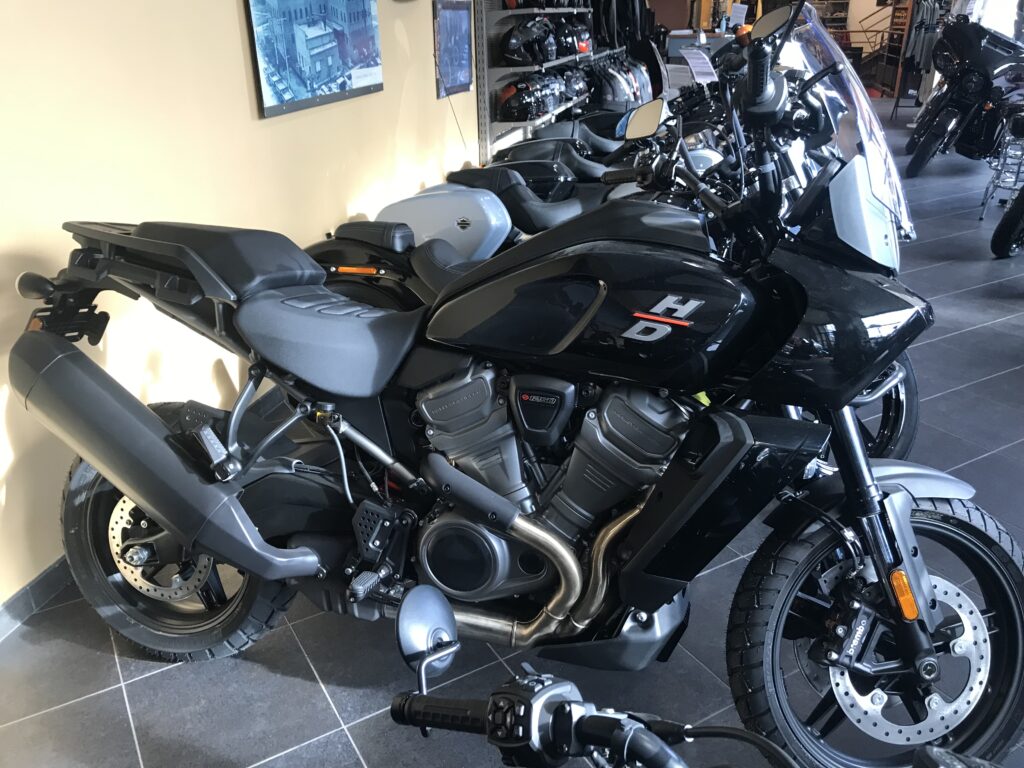
13. Kato’s Harley-Davidson V-Rod Muscle — *The Green Hornet*.
Now, before you say, “Hey, that’s not a Harley, that’s the Black Beauty!” (referring to the modified 1966 Chrysler Imperial Crown), hold your horses! While the iconic car is certainly a star, “The Green Hornet” also features a seriously cool Harley-Davidson. We’re talking about the V-Rod® Muscle, a beast of a machine that Jay Chou’s character, Kato, rides with undeniable flair. The V-Rod® line, produced by Harley-Davidson from 1999 to 2017, was specifically designed to compete with Japanese and American muscle bikes, featuring double overhead camshafts and liquid cooling, making it a formidable platform for drag-racing competitions.
The bike showcased in the film is a uniquely customized 2011 V-Rod® Muscle, finished in a striking matte black. This isn’t just a stock bike; it’s been given the full treatment, boasting a chopped rear fender, V-Rod® Destroyer wheels, rear-set foot controls, a one-off LED headlamp, custom paintwork, custom oversized drag bars, and a straight pipe exhaust. To complete the look, it features a custom diamond-stitched leather seat and a matching rear hugger, making it one of the cleanest and most visually impressive customized motorcycles to grace the big screen.
While the V-Rod® doesn’t hog the entire spotlight, its moments on screen are powerful and memorable. It pounces with incredible acceleration, and Kato rides it with a primal energy, almost as if he’s trying to tame a wild panther. The unique style and technical prowess of the V-Rod® were so impressive that upon its release, it even swayed buyers from other brands and briefly threatened the sales of other Harleys. Though the V-Rod® was eventually discontinued after the 2017 model year, partly due to Euro 4 emission standards, its appearance in “The Green Hornet” cemented its status as a visually stunning and performance-oriented machine in cinematic history.
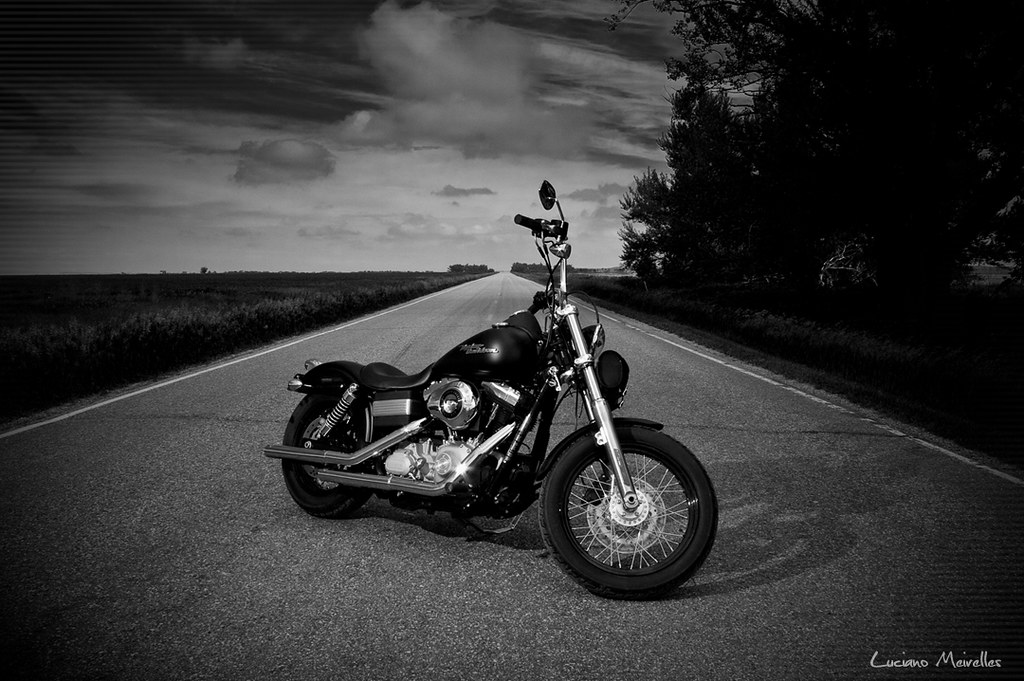
14. Wolverine’s Harley-Davidson Duo-Glide — *X-Men Origins: Wolverine*
Our list continues with another American superhero film, “X-Men Origins: Wolverine,” where Hugh Jackman’s iconic mutant rides a formidable 1964 Harley-Davidson Duo-Glide. This motorcycle holds a significant place in Harley-Davidson history, as the first Duo-Glide, produced in 1958, marked the company’s pioneering step away from traditional “hardtail” frames by introducing a dual front and rear suspension system. It was named specifically for this innovative dual suspension, replacing the earlier Hydra-Glide.
In the film, Wolverine’s Duo-Glide is a classic black, proudly displaying a white Harley shield logo on its gas tank. It retains the standard sprung seat and round headlight, but notably, the windshield, crash guards, and saddlebags have been removed. These modifications were almost certainly made to lighten the bike and enhance its mobility, crucial for the stunts required in an X-Men film. There’s a memorable scene where Wolverine is offered shelter by a kind farmer, who encourages him to take the bike for a spin and “test the suspension.” As Wolverine sits on the sprung seat, the bike emits a distinctive squeal and noticeably sinks under the immense weight of his adamantium skeleton – a fantastic visual detail that subtly highlights his superhuman nature.
Later in the film, the Duo-Glide takes center stage in a thrilling sequence we’ve affectionately dubbed the “H-Race,” a high-octane chase involving the Harley, Humvees, and a helicopter. Wolverine masterfully executes a bootleg turn on the bike to evade an oncoming helicopter, demonstrating both his impressive riding skills and the bike’s agility. The legacy of the Duo-Glide continued beyond its production run, being replaced by the Electra-Glide in 1965. More recently, in 2021, Harley-Davidson launched its Icons Collection with the Electra Glide™ Revival™, a limited-edition modern reproduction of this 1960s classic, fully loaded with contemporary technologies, proving that some legends never truly fade.
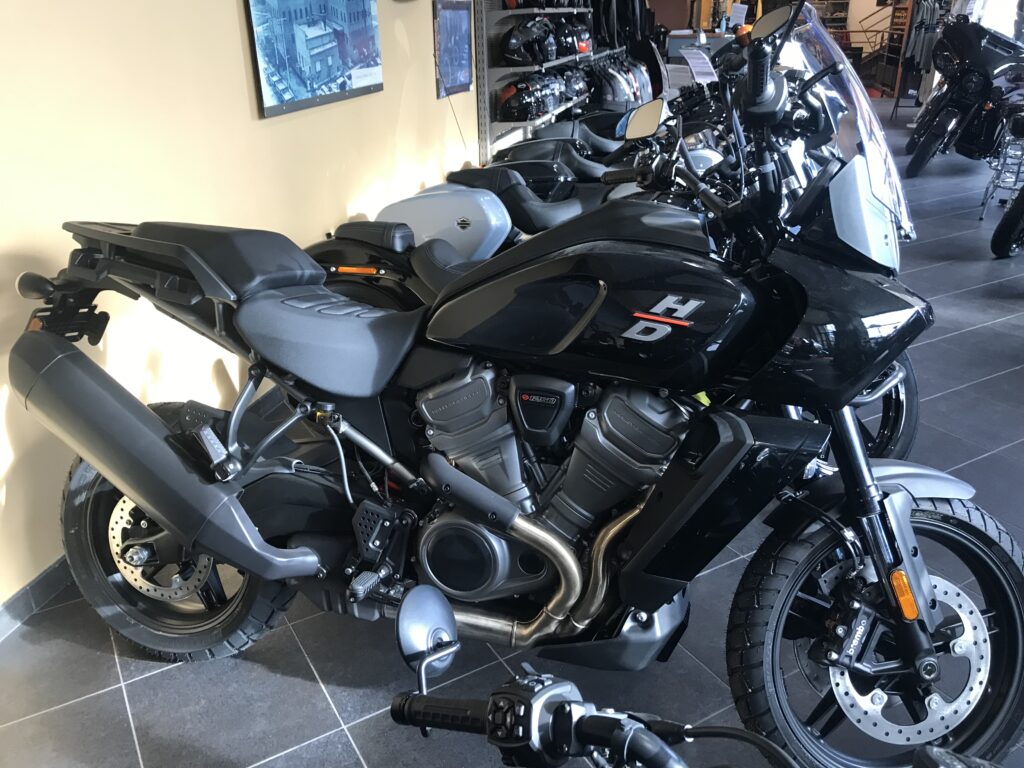
15. Mutt Williams’ Harley-Davidson Softail Springer Classic — *Indiana Jones and the Kingdom of the Crystal Skull*
Huzzah! A Harley is back on the poster for “Indiana Jones and the Kingdom of the Crystal Skull,” the fourth installment of the beloved franchise that hit theaters in 2008. While the film itself received mixed reviews, it certainly delivered when it came to iconic vehicles. One of the standout machines was Mutt Williams’ (Shia LaBeouf) Harley-Davidson, a 2007 Softail® Springer Classic that was expertly modified to look like a vintage 50-year-old post-war Knucklehead, thanks to the skilled builder Justin Kell.
The “Knucklehead” in the movie presents a striking burgundy and black color scheme, featuring soft saddlebags, wrapped chrome pipes, and a classic springer seat. During its meticulous construction, Kell managed to lighten the bike by approximately 70 pounds and boost its horsepower by around 30, all to ensure it could handle the demanding high-speed stunts required for an Indiana Jones adventure. Keen motorcycle enthusiasts, however, might have spotted a subtle anachronism: the disc brakes. Kell revealed that the extreme strain on the suspension from the stunts prevented any safe method of covering these modern components, a small detail that speaks to the practical challenges of filmmaking.
Five distinct motorcycles were built for the movie, each serving a specific purpose – some for regular riding scenes, others for high-octane stunts, and one even earmarked to be intentionally destroyed during filming. One particularly memorable stunt involves Mutt, with Indy riding pillion, roaring through a college campus, sending students scrambling out of the way before they’re forced to bail, sliding under desks along with the bike. After filming concluded, the production company acquired two of these cinematic Harleys, while the remaining two were returned to Harley-Davidson, where they proudly found a display home at the Harley-Davidson Museum in Milwaukee.
The reason behind selecting a 2007 Softail® Springer Classic for such a significant modification lies squarely in its model name. The “Springer” front end inherently boasts a retro aesthetic, giving it that immediate vintage vibe. Even though the fuel tank was ultimately replaced during the build, its original trim and metal-stamped emblem, along with the stamped oil tank patent label, were already evocative of the classic Knucklehead era. This nostalgic design of the Springer Classic did half the work for the filmmakers, making it a perfect canvas to create a truly timeless ride for an adventure-seeking hero.
And there you have it, folks! From roaring alongside Terminators to tearing up the streets with Sons of Anarchy, and even adding a dose of cool to superhero sagas and comedic romps, Harley-Davidson motorcycles have truly cemented their status as cinematic legends. They’re more than just bikes; they are symbols of freedom, rebellion, and adventure, proving time and again that when Hollywood needs an icon, the rumble of a Harley is often the perfect soundtrack. These machines don’t just transport characters; they define them, leaving an indelible mark on our screens and in our hearts, reminding us why the open road, and a great Harley, are always an irresistible combination.


